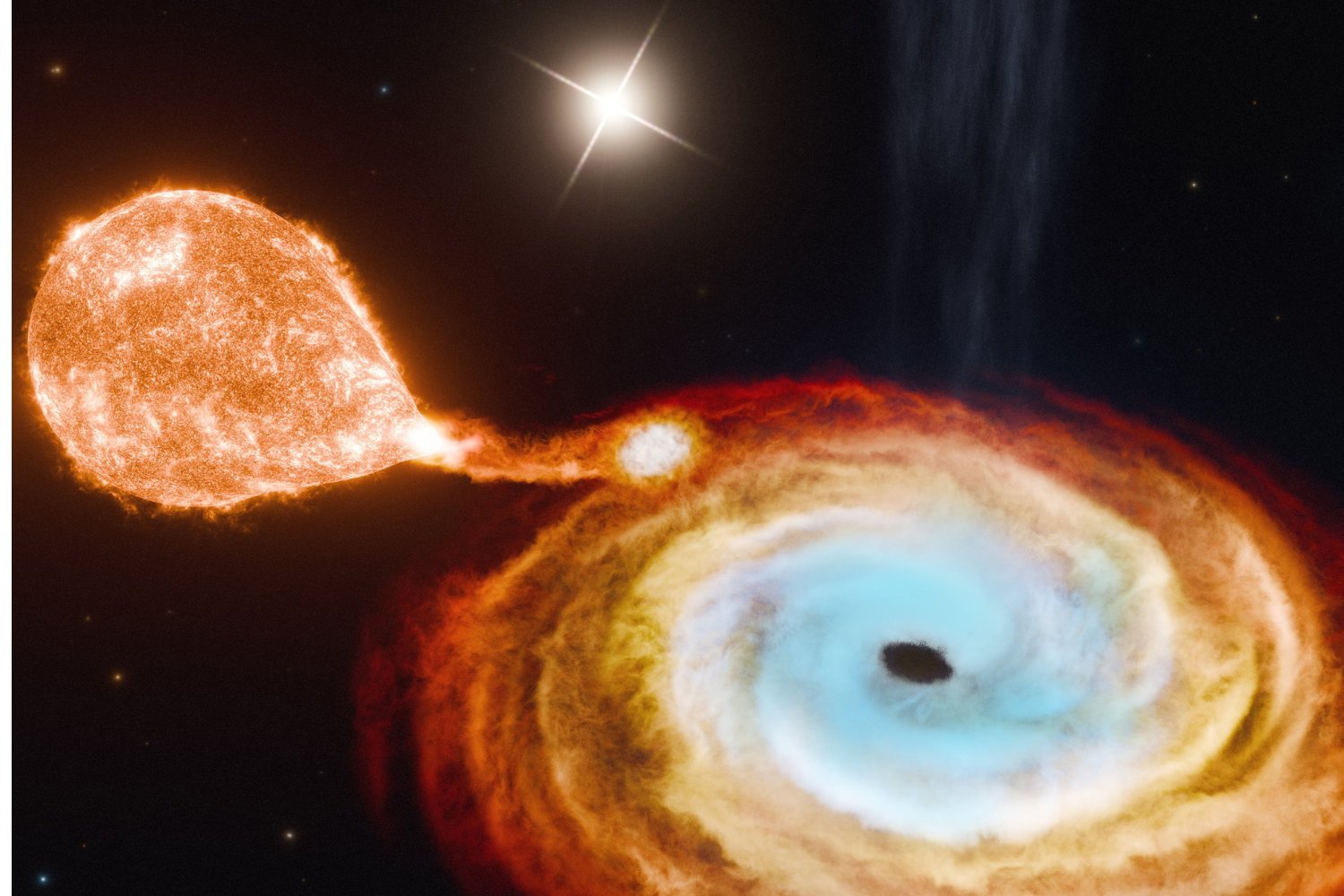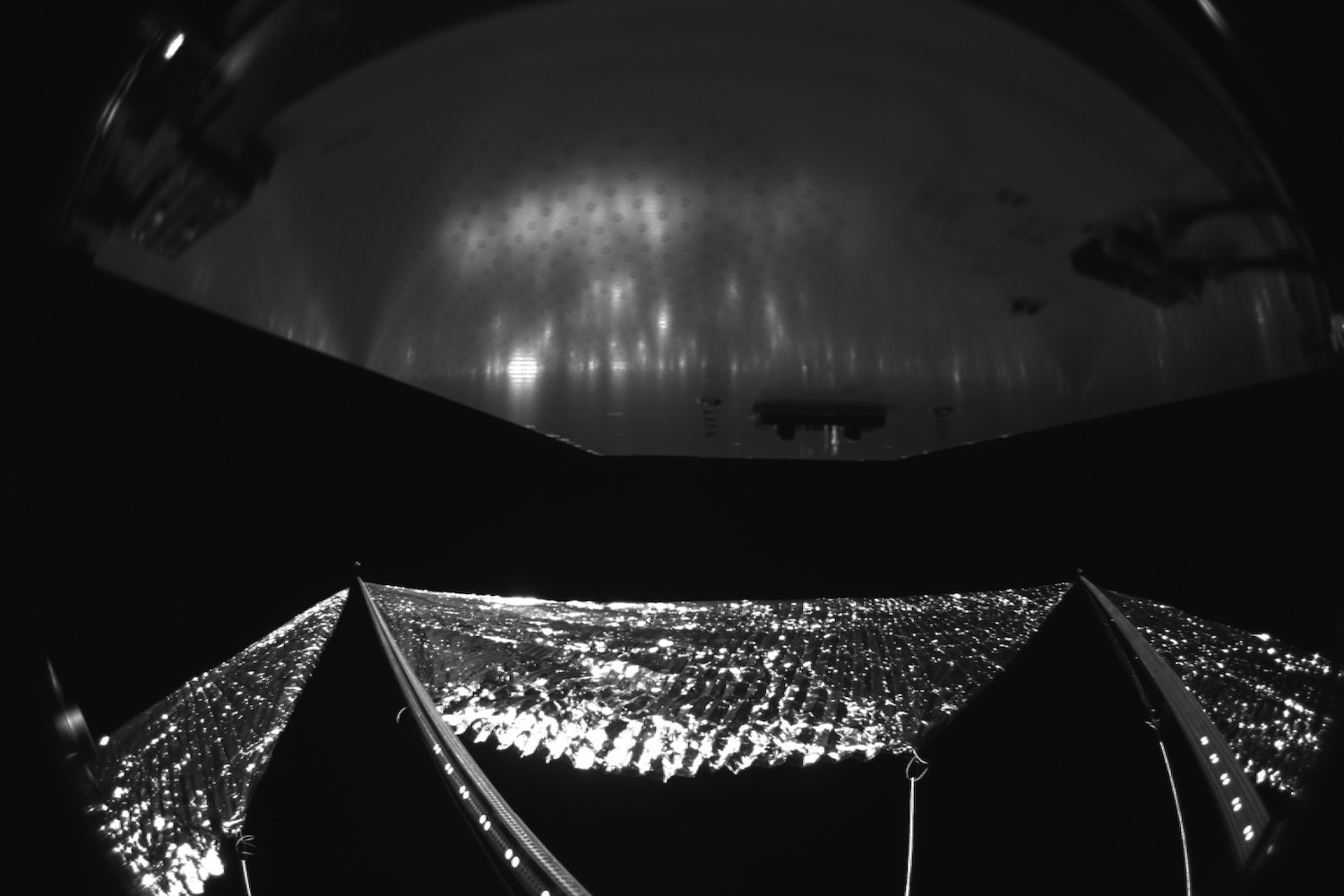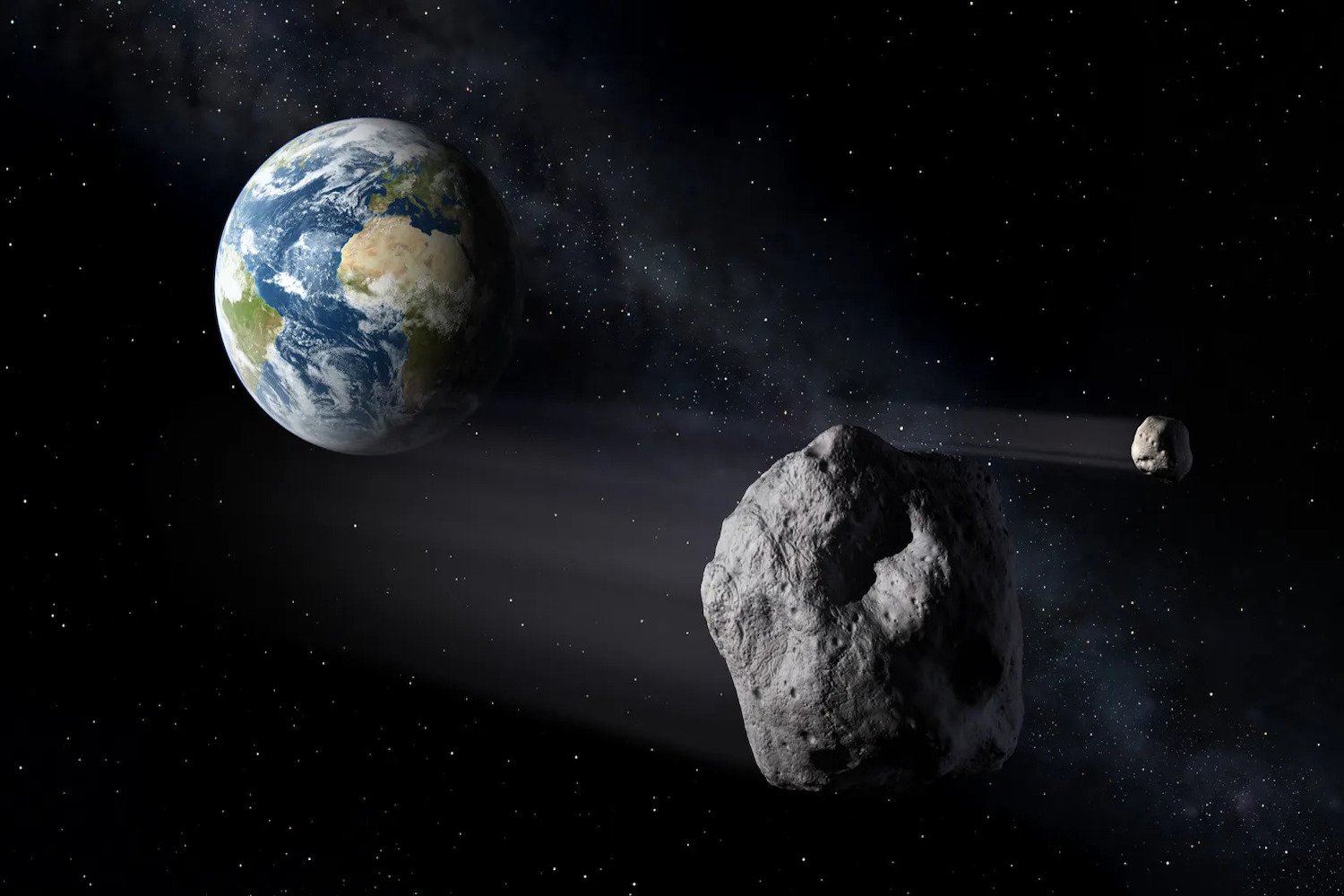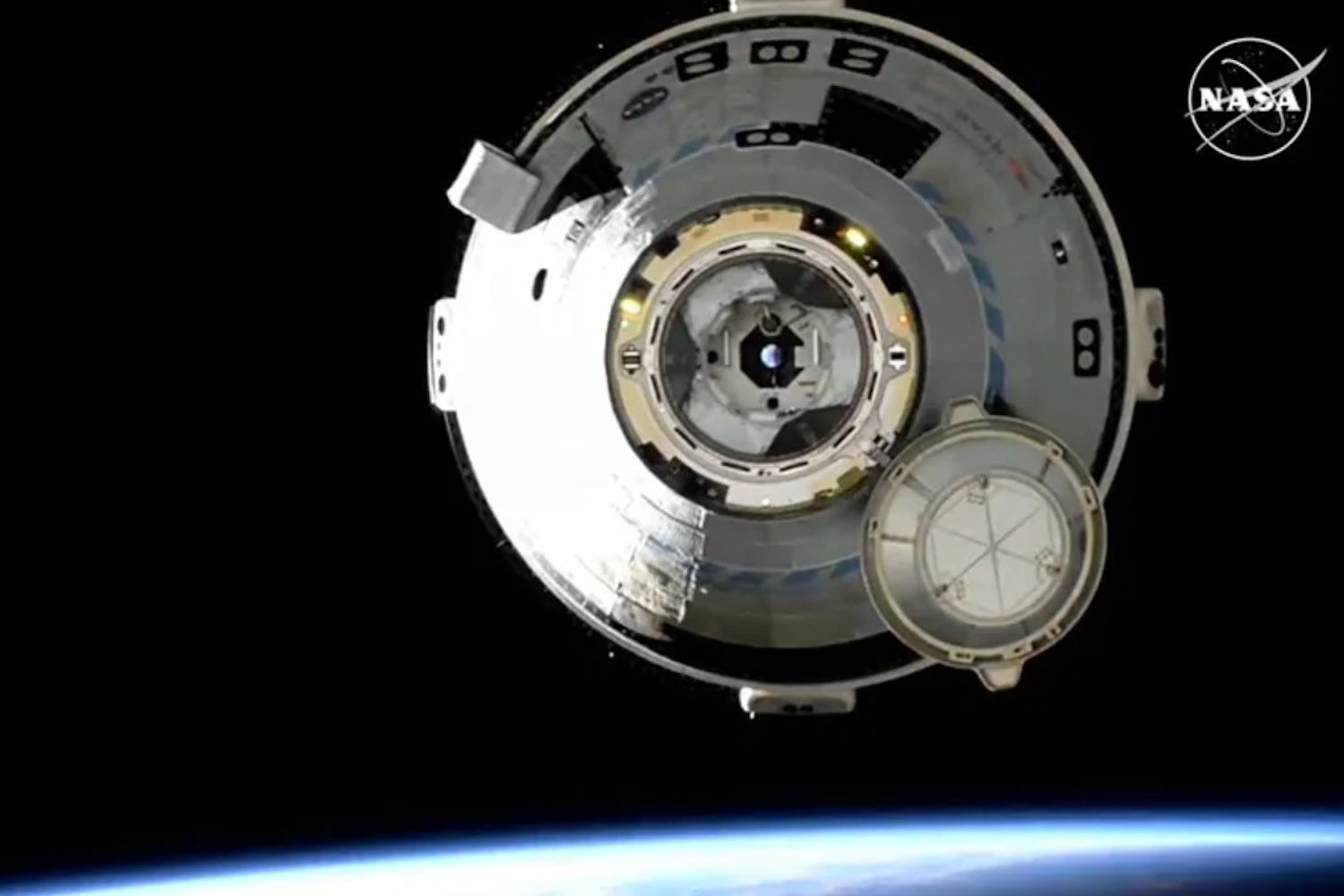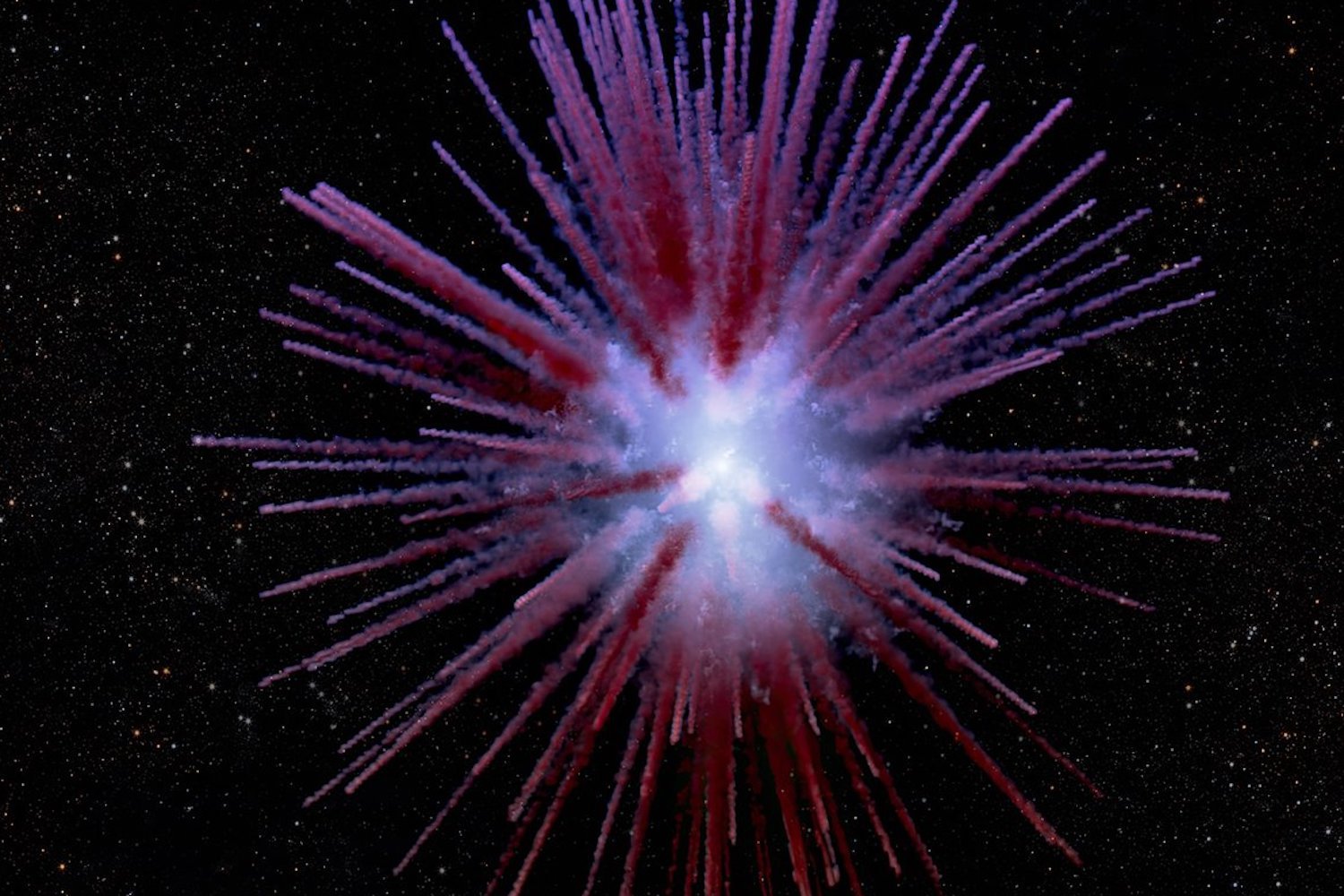A groundbreaking discovery by physicists from MIT and Caltech has revealed the first-ever confirmed black hole triple system, located approximately 7,800 light-years from Earth. While binary black hole systems are relatively common, this unique configuration, comprising a black hole and two stars, challenges existing theories of black hole formation and evolution.
The research, published in Nature, details the intricacies of this system, known as V404 Cygni. Previously identified as a binary system with a black hole nine times the mass of our Sun and a single orbiting star, this new discovery introduces a third celestial body into the mix, significantly altering our understanding of V404 Cygni.
Challenging Supernova Theories
The existence of this triple system raises questions about the prevailing theory of black hole formation through supernova explosions. “We think most black holes form from violent explosions of stars, but this discovery helps call that into question,” explains Kevin Burdge, a physicist at MIT and co-author of the study. The presence of the outer star, so far from the black hole, suggests a different formation process. A standard supernova would likely have ejected the outer star from the system.
A Unique Orbital Dance
The two stars in V404 Cygni orbit the central black hole at vastly different distances. The inner star completes its orbit in less than a week, while the outer star takes a staggering 70,000 years, equivalent to 3.64 million weeks. This outer star is situated approximately 3,500 astronomical units (AU) from the black hole – 100 times the distance between Pluto and the Sun. This vast separation makes V404 Cygni a truly remarkable and unusual triple system.
Direct Collapse: A Plausible Explanation
The researchers propose that the black hole in V404 Cygni may have formed through direct collapse, a process where a star collapses into a black hole without the explosive energy of a supernova. This scenario offers a more plausible explanation for the system’s configuration, as it wouldn’t have expelled the distant outer star.
Age of the System
Based on the age of the outermost star, the team estimates the entire triple system to be around four billion years old, slightly younger than our own solar system (4.6 billion years old) and significantly younger than the universe itself (approximately 13.77 billion years old).
Implications and Future Research
This discovery of V404 Cygni as a black hole triple system has significant implications for our understanding of black hole evolution and formation. It challenges existing theories and suggests that direct collapse might be a more common pathway for black hole creation than previously thought. The research also raises the exciting possibility of the existence of other undiscovered triple black hole systems, prompting further exploration and investigation into the mysteries of these celestial phenomena.
This unique system differs significantly from the fictional three-body problem depicted in Cixin Liu’s novel The Three-Body Problem, which explores the chaotic orbital dynamics of three stars. While V404 Cygni’s orbits are more stable, the presence of a black hole adds an element of extreme gravity to this real-world three-body system, making it a fascinating object of study for astrophysicists.
Conclusion
The discovery of the V404 Cygni triple system marks a significant milestone in astronomy, offering new insights into the formation and evolution of black holes. This unprecedented configuration challenges traditional supernova theories and suggests that direct collapse may play a more prominent role in black hole creation. Future research will undoubtedly focus on identifying more such systems, further expanding our understanding of these enigmatic cosmic entities.



